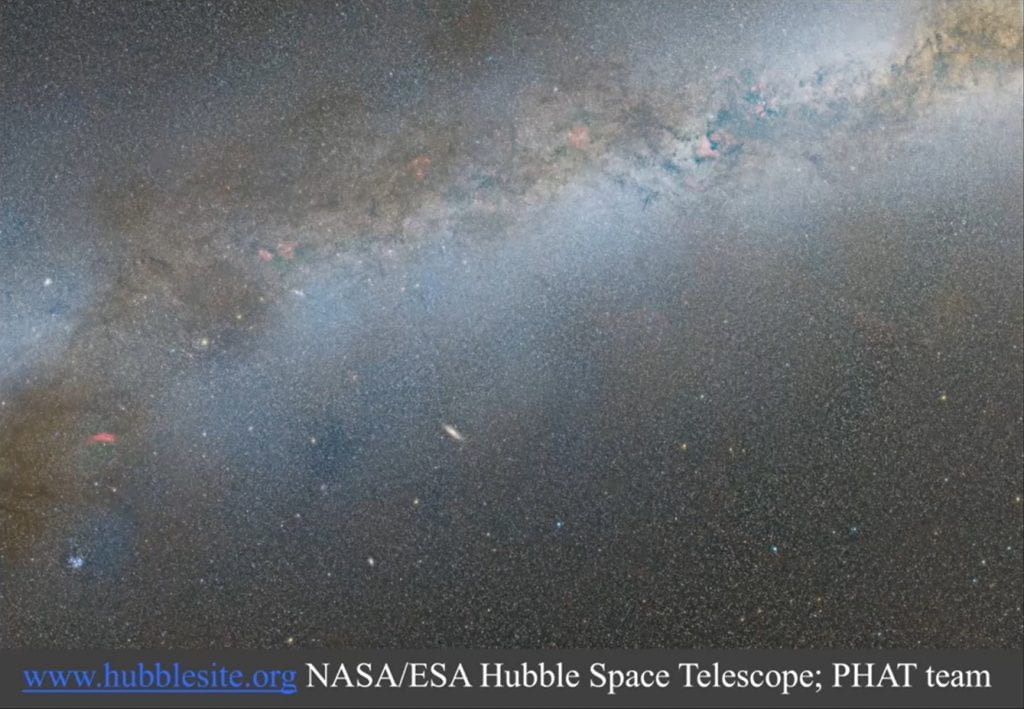Key Links: Sign up for this course here. (We offer both set time live zoom sessions [upcoming soon] or self learning tutorials.) This is the instructions for how you can get started on pre-tutorial preparation: Anaconda Python installation. Here is our Slack channel where you can get help on questions with peers. —————————————————————————————————————— PyaR Introduction into the Structure and Format & Background information on Galaxies Raja [May 4, 2019] —————————————————————————————————————— Here is a video overview of the PyaR Tutorial by Raja (1 hour): Video  —————————————————————————————————————— This Python tutorial is a relatively superficial introduction to the following topics:
—————————————————————————————————————— This Python tutorial is a relatively superficial introduction to the following topics:
- Anaconda Python 3.7 installation; Jupyter notebooks
- The numpy library; basic mathematical calculations
- Reading / writing of text files
- The matplotlib library; scatter plots; line plots (connecting points ordered by abscissa value)
- Boolean variables/arrays; selecting a subset of the full data set
- Looping through the elements of an array
—————————————————————————————————————— Astrophysics topics are on:
- Introduction: The Andromeda galaxy; Hubble Space Telescope imaging; Keck DEIMOS spectroscopy
- Magnitude system: an inverse logarithmic system for measuring stellar brightness
- Black body Spectrum; Color as the difference between magnitudes in two different filters
- Basics of stellar evolution; stellar lifetimes as a function of stellar mass and evolutionary phase
- Spectral absorption (and emission) lines; Doppler shift
- Rotation of a disk galaxy
- Velocity dispersion (spread)
- Conclusion: galaxy mergers (cannibalism); bombardment of Andromeda’s disk; impending Milky Way-Andromeda collision
—————————————————————————————————————— Most of the above material is covered in the context on a paper that Claire Dorman published in the Astrophysical Journal in February 2015. The astronomy topics covered by the tutorial include (topics in parenthesis will require some deeper digging by the student):
- Color-magnitude diagrams (phases of stellar evolution)
- Spectra; Doppler shift (cross-correlation based measurement of radial velocity)
- Galaxy disk kinematics; toy models
- Evidence of continuous heating of M31’s stellar disk (heating of disks by satellite accretion)
